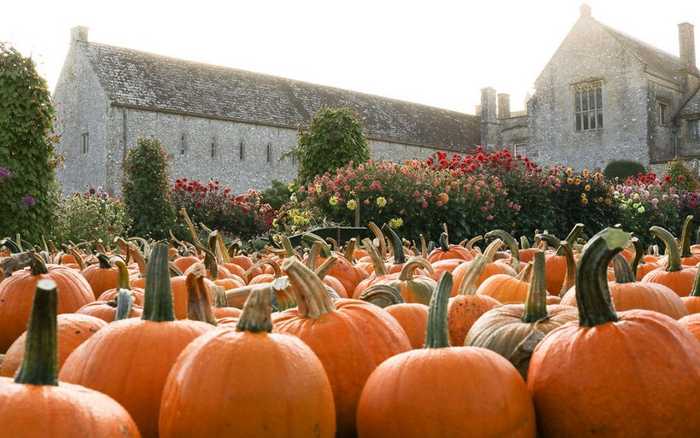What Makes A Good Compost

Here at Forde Abbey, we’re going to be making our first ever compost heap. In previous years, it was put in a pile and used on the farm as silage and the garden predominantly ran on masses of leaf mould. This year, we’re keen to get a compost system up and running with an ethos for sustainability at the heart of it.
Because we’re cutting out all fertilisers and synthetics, the compost is a feeding layer, fuelling our borders. It’s our plant food, our soil improver, our everything, kick starting themicrobes and feeding the fungi.
It’s not something that can happen over night, but much like curing a ham, a slow process that will evolve over time. A ‘house’ for the compost has been built; on a rag stone surface (loose stone, compacted down that’s permeable), angled at about 1 degree to allow for run off that will prevent the compost sitting in its own water (this would lead to anaerobic compost, and a toxic heap forming.
The heap has been deliberately sited next to a woodland edge, and with a permeable ragstone layer that allows the soil to draw up all the beneficial woodland microbes from its nearby environment.
We work by the bucket ratio to get the right mix of carbon and nitrogen: 3 scoops of brown, which is all the garden material and 2 scoops of manure, which is our green.Carbon is the brown, generally, and nitrogen is the ‘green’ manure – the two of them together creating the digestion you want in a compost. The nitrogen heats up the heap which allows the compost (the brown bulk material) to break down. The 3 scoop, 2 scoop mix ratio will be layered in the centre and systematically turned in on itself with a fork over the period of a couple of weeks.
The temperature of the pile will be monitored to make sure it doesn’t go above 160 degrees fahrenheit and turning the pile will help to regulate its temperature, until a time when it stops heating up of its own accord. It’ll thenbe fashioned into a windrow – a waist height compost wall that allows the air to flow freely. Once everything has degraded into a compost like texture of crumbly coffee, well rotted wood chip will be sprinkled in and left for 6 – 9 months; a ‘curing’ stage for rebuilding everything beneficial, from mycorrhizae and soil organisms, that we want in the garden.
It’s a slow process, 9 to 12 month from start to finish, but one we hope that will be ultimately benefit the garden, its environment and everything we grow in it.
Do follow us on instagram and we’ll keep you updated as we go.
Posted on January 24th 2019




